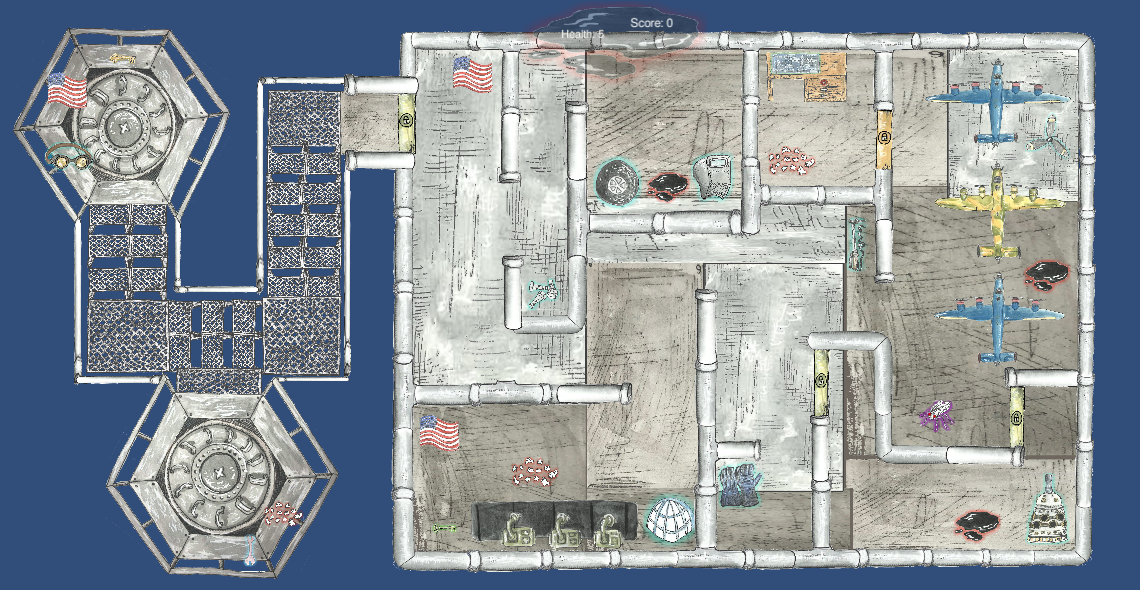 This game was originally based on Willow Run, also called Air Force Plant 31, which was a manufacturing complex constructed by Ford Motor Company during World War II outside Detroit, Michigan. Willow Run was the first aircraft factory to utilize Ford’s methods of mass production, and produced a famous line of B-24 Liberator heavy bombers. Additionally, it was a woman employee at Willow Run who posed for Rosie the Riveter, the star of a campaign to recruit women workers to the manufacturing-heavy defense industry during the war.
This game was originally based on Willow Run, also called Air Force Plant 31, which was a manufacturing complex constructed by Ford Motor Company during World War II outside Detroit, Michigan. Willow Run was the first aircraft factory to utilize Ford’s methods of mass production, and produced a famous line of B-24 Liberator heavy bombers. Additionally, it was a woman employee at Willow Run who posed for Rosie the Riveter, the star of a campaign to recruit women workers to the manufacturing-heavy defense industry during the war.
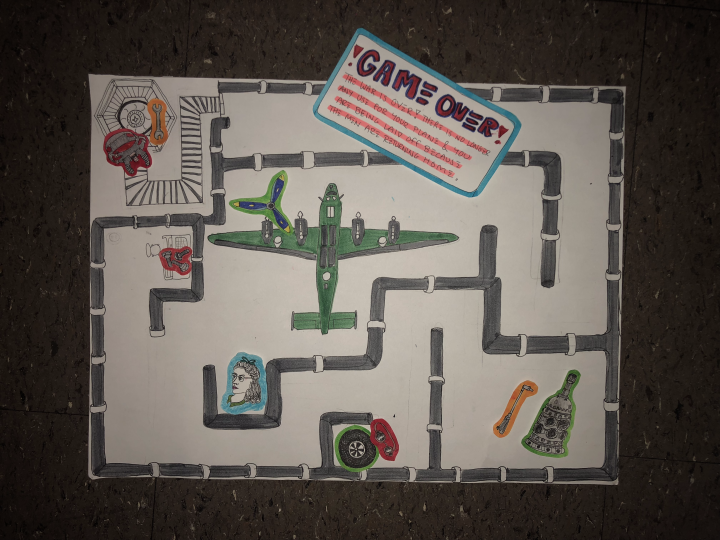
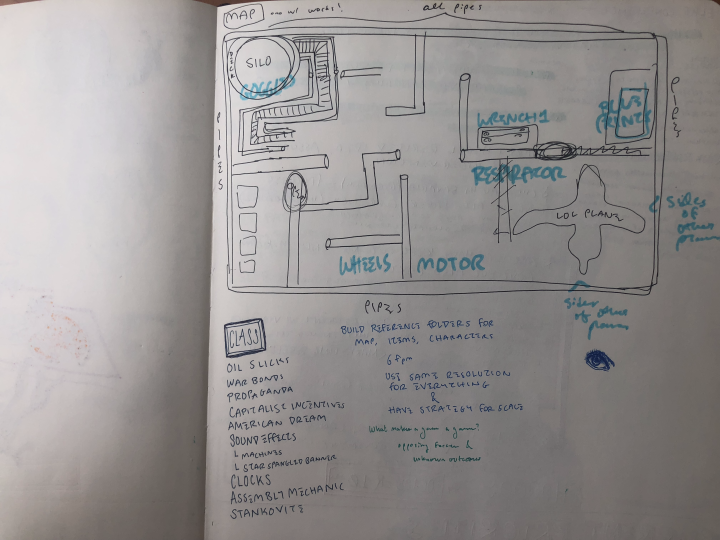
These images show some of my first designs for this collection-style game. Basically, I wanted to lean heavily on design and aesthetics to create a clearly non-modern factory setting. The actual gameplay mechanics were secondary to the creation of space and the punchline at the end showing, because you were a woman worker, the end of the war was a bit bittersweet as it likely entailed you being laid off, and women’s sphere in society contracting.
However, this idea was something I came up with in one night, and I became dissatisfied with it pretty quickly; this narrative felt reductive and the one-punch humor wasn’t amusing to me after working on it for a while. I ended up making the sprite something fairly arbitrary and ridiculous – a fly, instead of a woman. I felt I was in some odd centrist zone of mild war propaganda with a very watered down political message, but knew that I would have to essentially re-skin the entire game and do a lot of UI work to give it a political message that I would be satisfied with, so I chose to mostly depoliticize it instead, removing even the original ending message.
I tried to focus more on creating zones using game items, and have locked/unlocked door sprites as well as hard-to-see keys that I currently have unchecked, as I never got into gamestate, which would be the best way to code them.



Nevertheless, I think that my map is extensive enough that even without explicit barriers, there are zones and bounds created. Originally, I had the oil slick and broken glass obstacles affect the score by decreasing your points by one. However, I found that this made the game too short, as I had to set the number of points required to win to be significantly lower than the number of collectible objects, otherwise you could accidentally get stuck in a never ending limbo if you hit too many obstacles to reach the number of points required to end the game. I resolved this by inserting a second measure: health. Now, the oil and glass decrease your health by one point, while your score is unaffected. The game either ends when you lose all of your health or collect every object.
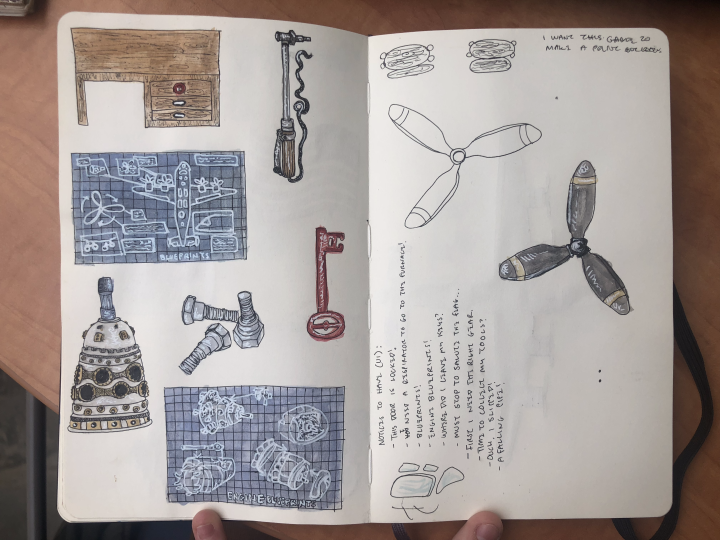
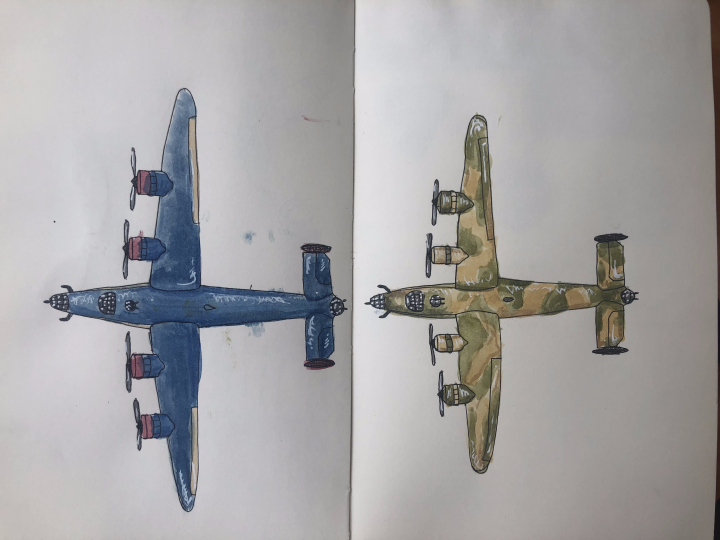
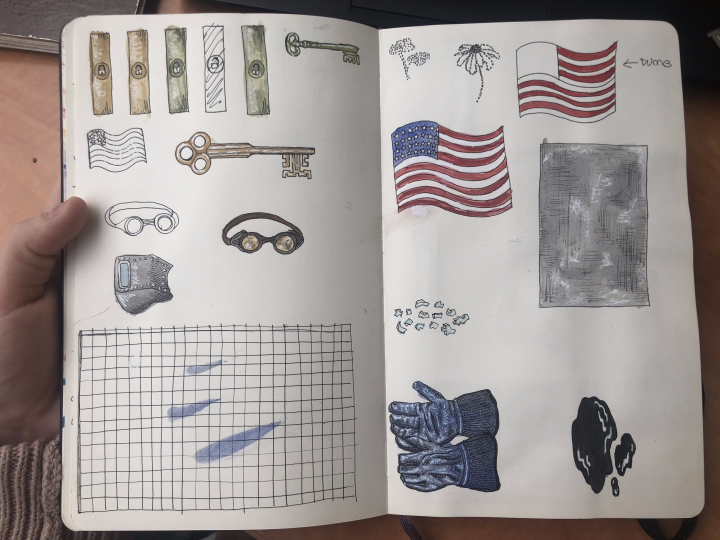
I think that the main appeal of this game is in its hand-drawn animation and general aesthetics, but, as it stands, there isn’t much replay value. For most of the semester, I was thinking of working on a more full version of this game for conference, but I’ve spent so much time looking at it that I think I would rather pursue something fresh. However, it’s worth documenting my ideas for how to make this game better:
- American flag sprite obstacle, freezes player movement for duration of a National Anthem clip (no health loss)
- Oil slicks trigger movement slowdown (with health loss)
- Timer (tested for exact time, probably between 1-2 minutes), time of completion and points collected displayed at end
- Expanded map, not all visible at once – more maze-like
- Different background music depending on where on the map you are
- Glowing outline around sprites to show if they’re helpful or harmful
- Functional locking doors and keys
- Reskin to be more modern and about drone warfare rather than WWII
- Within drone context, use text UI to convey specific sentiments
- Also illustrate the stairs around the furnaces
This game is a pretty good base and has a lot of potential. I definitely value the time I put into it and the ways in which the process helped me learn the technical aspects of Unity and game making, as well as understand what I personally want a game to accomplish narratively in order to be satisfied and inspired.

